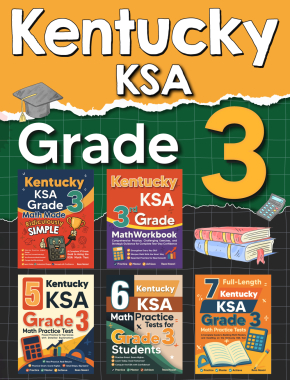How to Understand Angles in Quadrilaterals

- Square: All angles are right angles, each measuring \(90^\circ\).
- Rectangle: All angles are right angles, each \(90^\circ\).
- Rhombus: Opposite angles are equal.
- Parallelogram: Opposite angles are equal; consecutive angles are supplementary (add to \(180^\circ\)).
- Trapezoid: Angles adjacent to the parallel sides are supplementary.
Examples
Practice Questions:
- In a rectangle, if one angle measures \(85^\circ\), what are the measures of the other three angles?
- In a rhombus, if one angle is \(130^\circ\), what is the measure of its opposite angle?
- Given a general quadrilateral with angles \(A\), \(B\), \(C\), and \(D\), if angle \(A = 90^\circ\), angle \(B = 80^\circ\), and angle \(C = 100^\circ\), find angle \(D\).
- In a rectangle, all angles are right angles, each measuring \(90^\circ\). Thus, the given angle is not possible for a rectangle.
- In a rhombus, opposite angles are equal. Thus, if one angle is \(130^\circ\), its opposite angle is also \(130^\circ\).
- Angle \(D = 360^\circ – (90^\circ + 80^\circ + 100^\circ) = 90^\circ\).
Original price was: $109.99.$54.99Current price is: $54.99.
Original price was: $109.99.$54.99Current price is: $54.99.
Original price was: $109.99.$54.99Current price is: $54.99.
Related to This Article
More math articles
- How to Use Models to Multiply Two Fractions?
- 3rd Grade ACT Aspire Math Worksheets: FREE & Printable
- Using Decimals and Fractions to Solve One-Step Addition and Subtraction
- 3rd Grade Georgia Milestones Assessment System Math Practice Test Questions
- Mastering Series Convergence with the Ratio Test
- PSAT Math Practice Test Questions
- How to Find Transformation: Rotations, Reflections, and Translations?
- 10 Most Common 5th Grade Georgia Milestones Assessment System Math Questions
- Grade 10 Math Worksheets: FREE & Printable
- The 10 Best Whiteboards for Online Tutoring




























What people say about "How to Understand Angles in Quadrilaterals - Effortless Math: We Help Students Learn to LOVE Mathematics"?
No one replied yet.